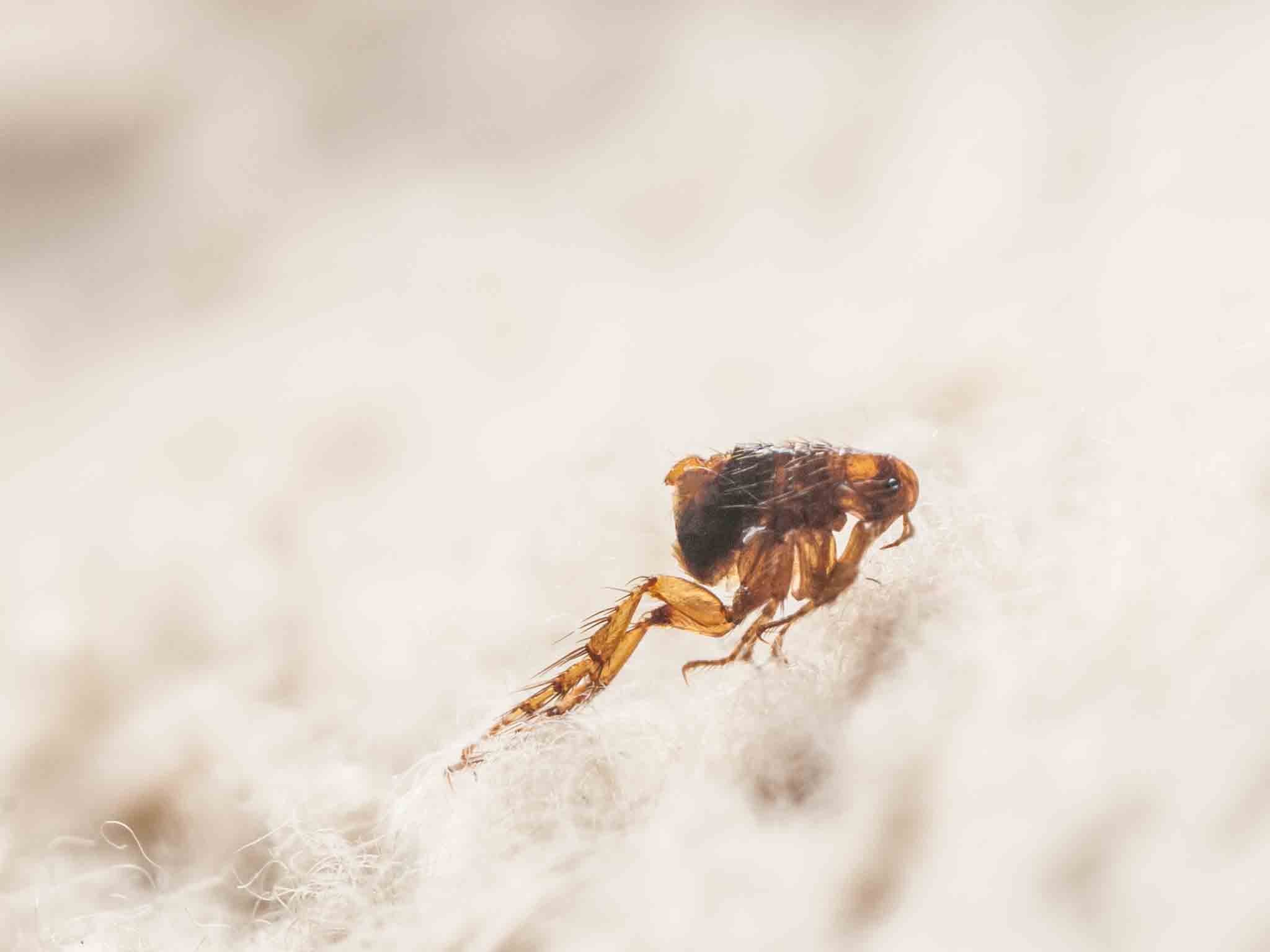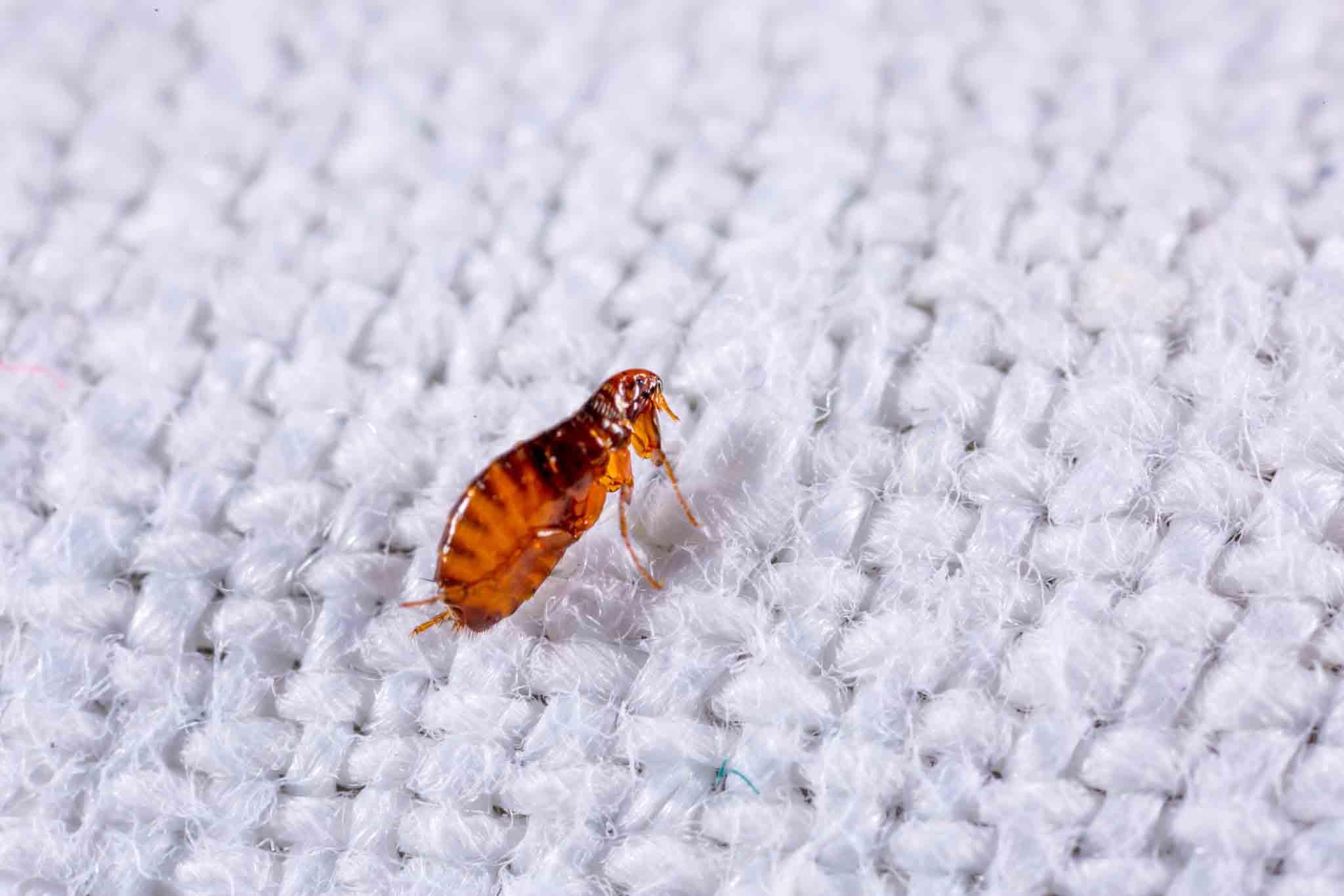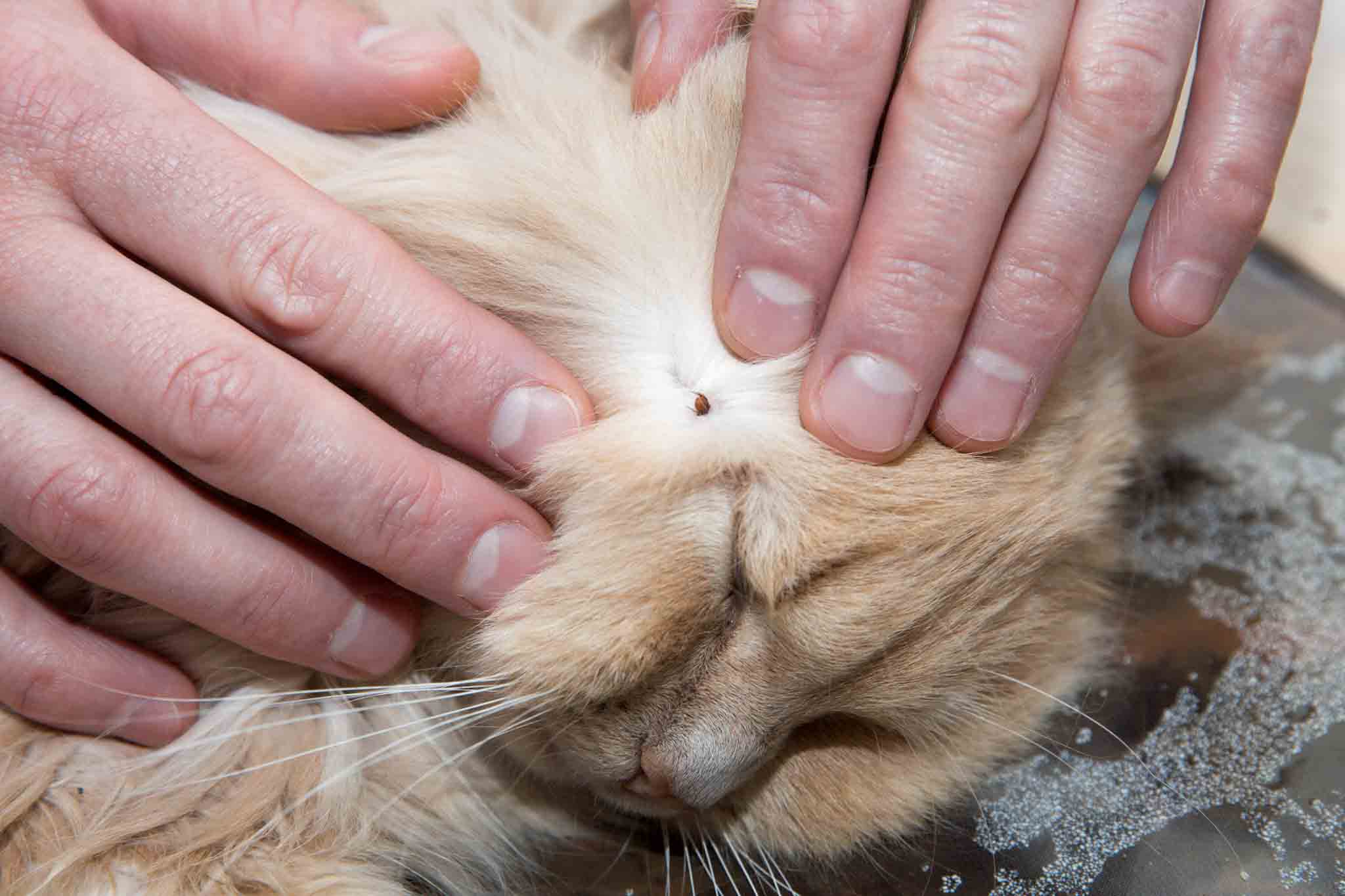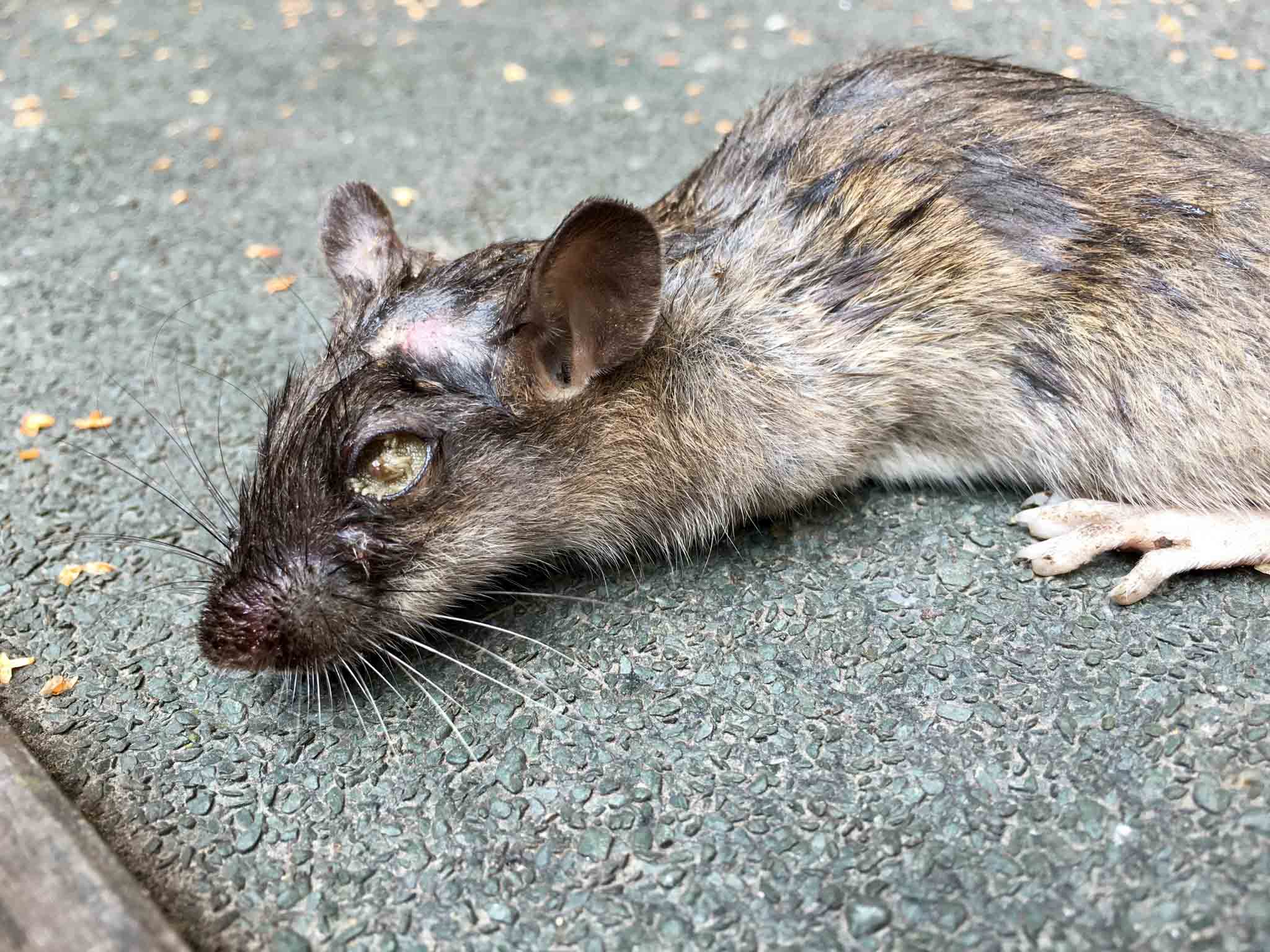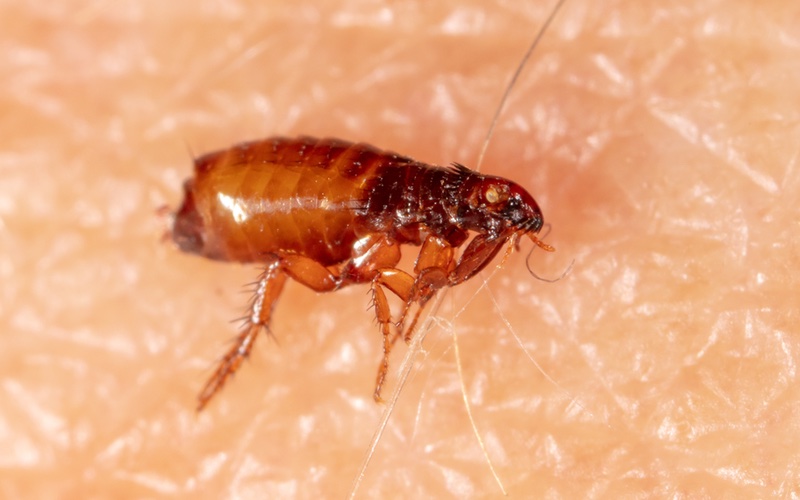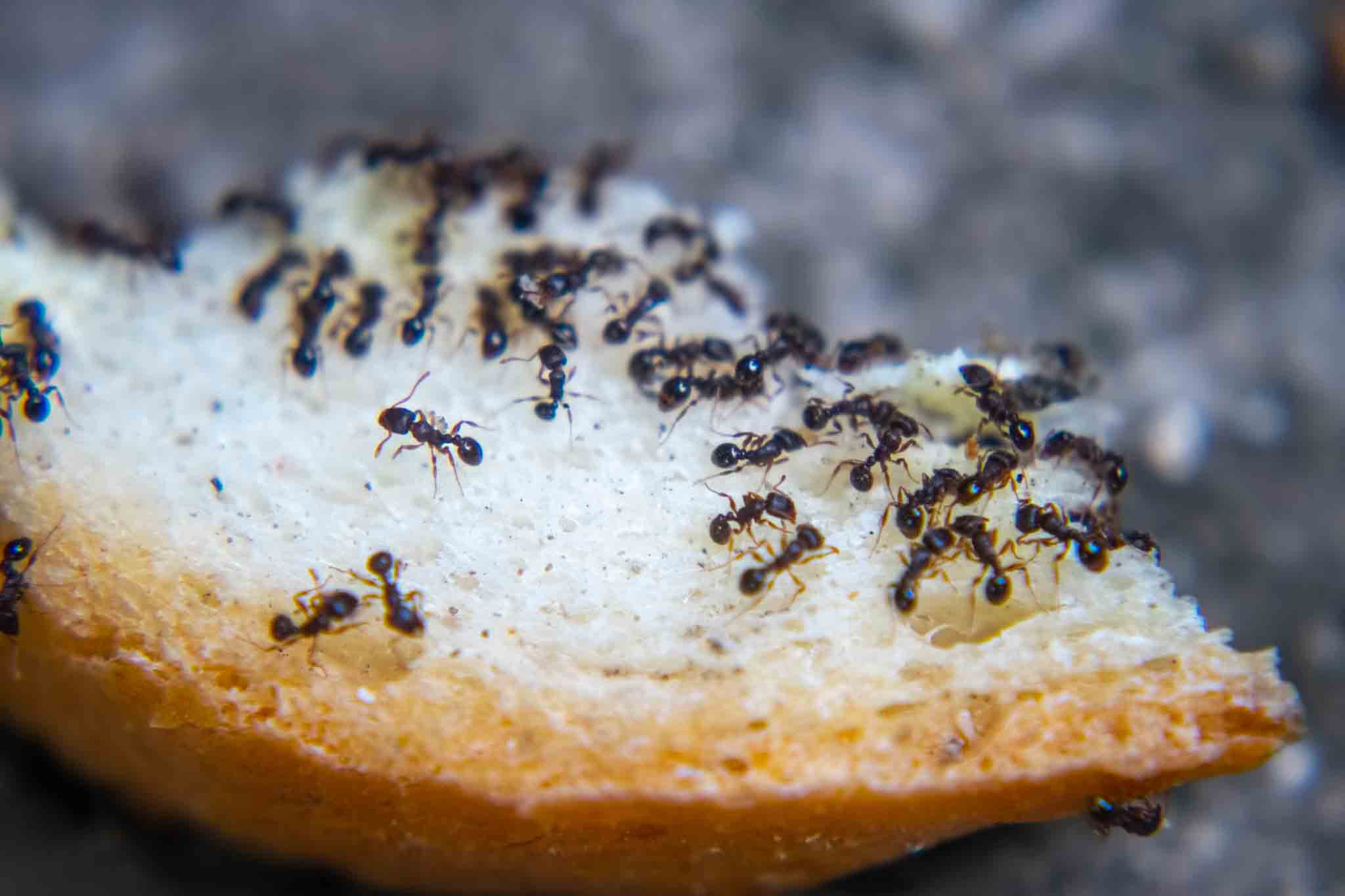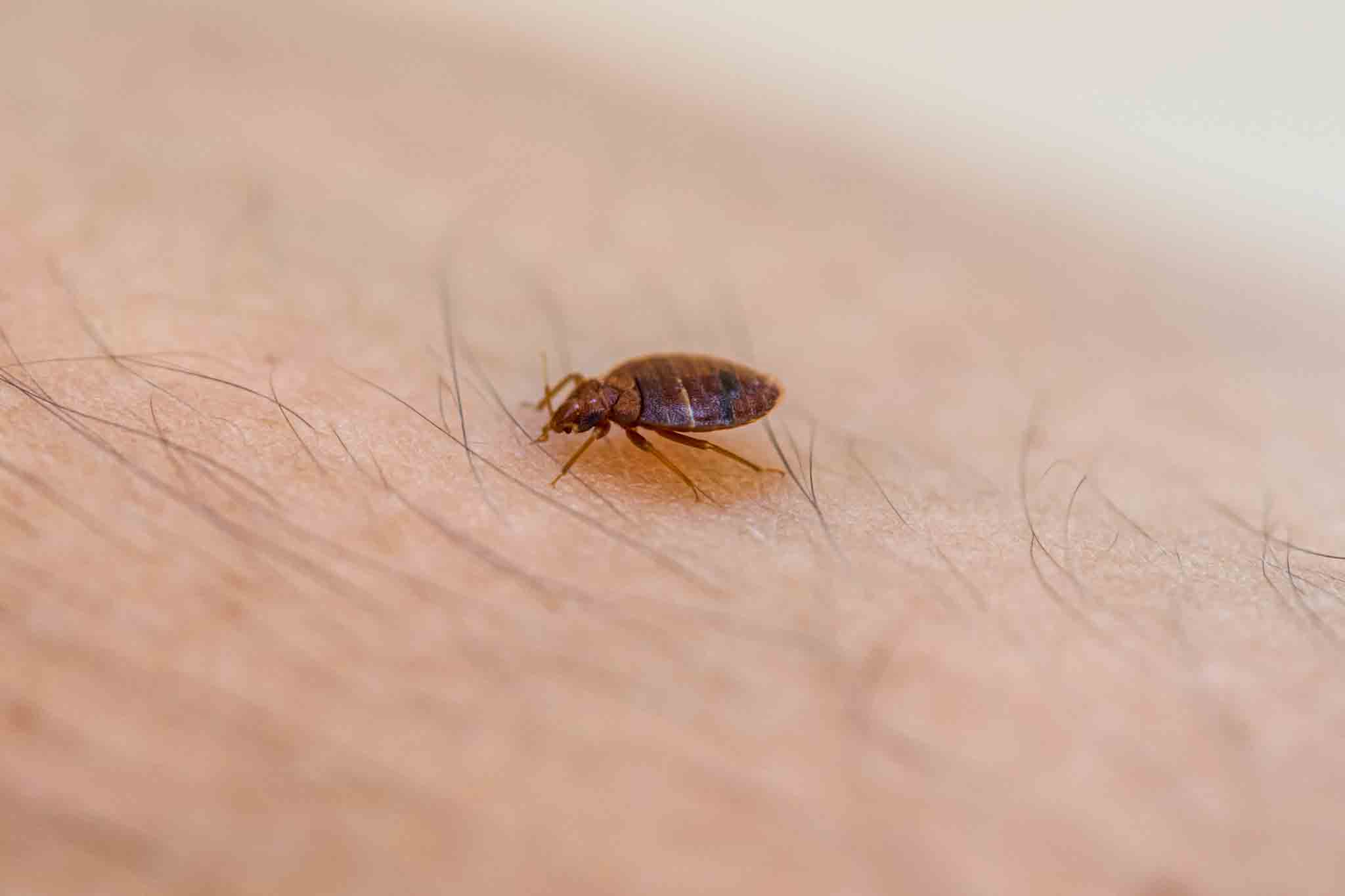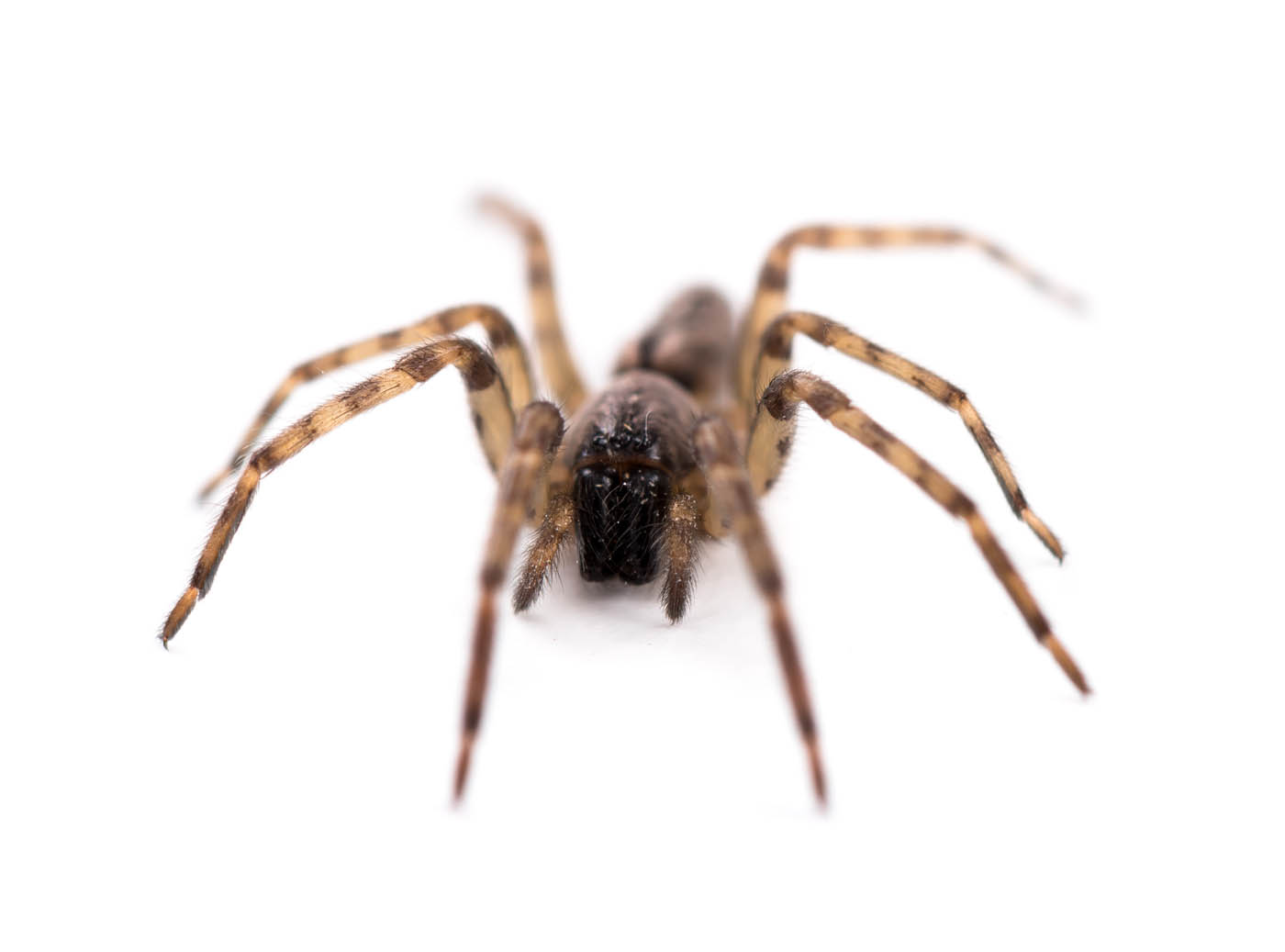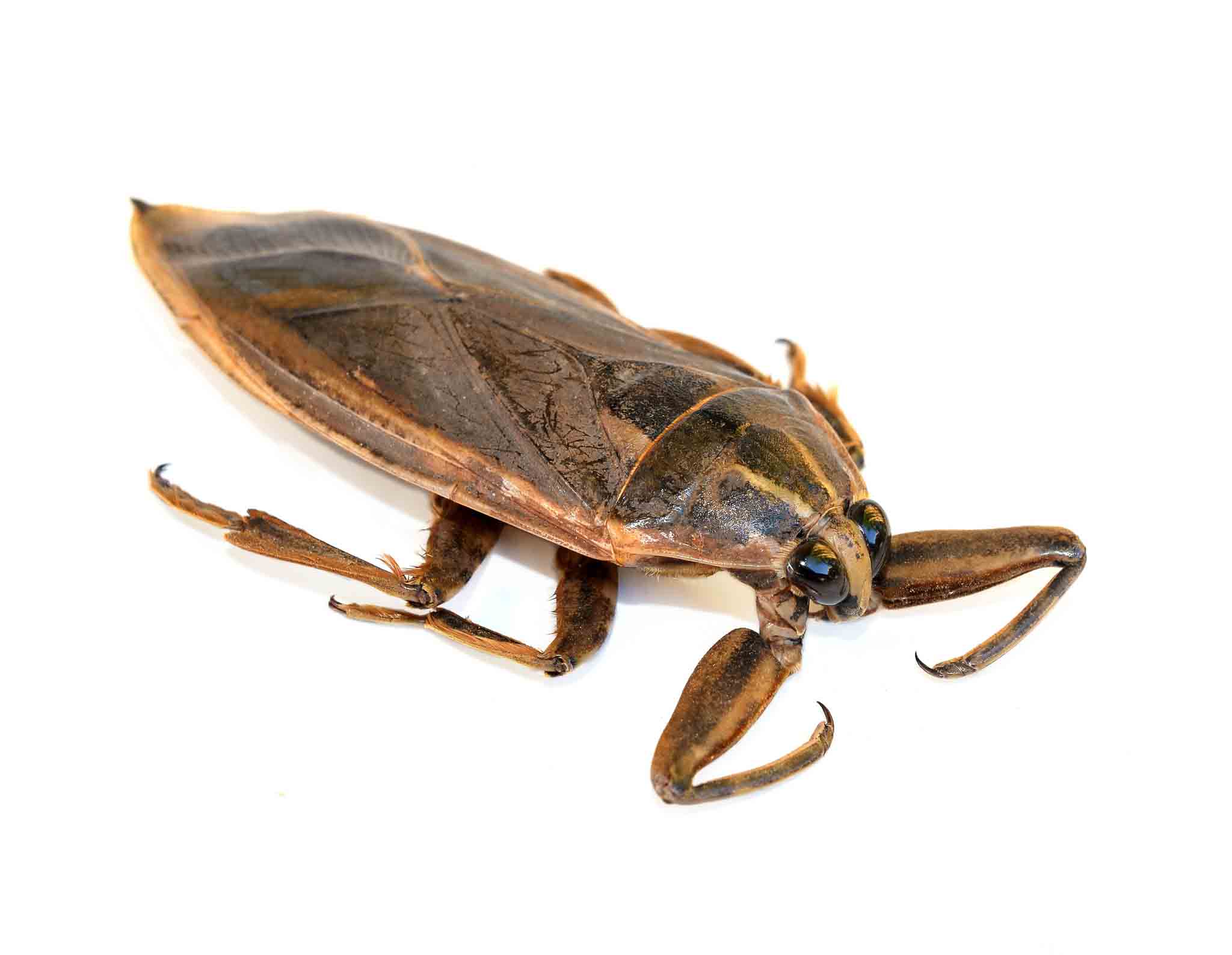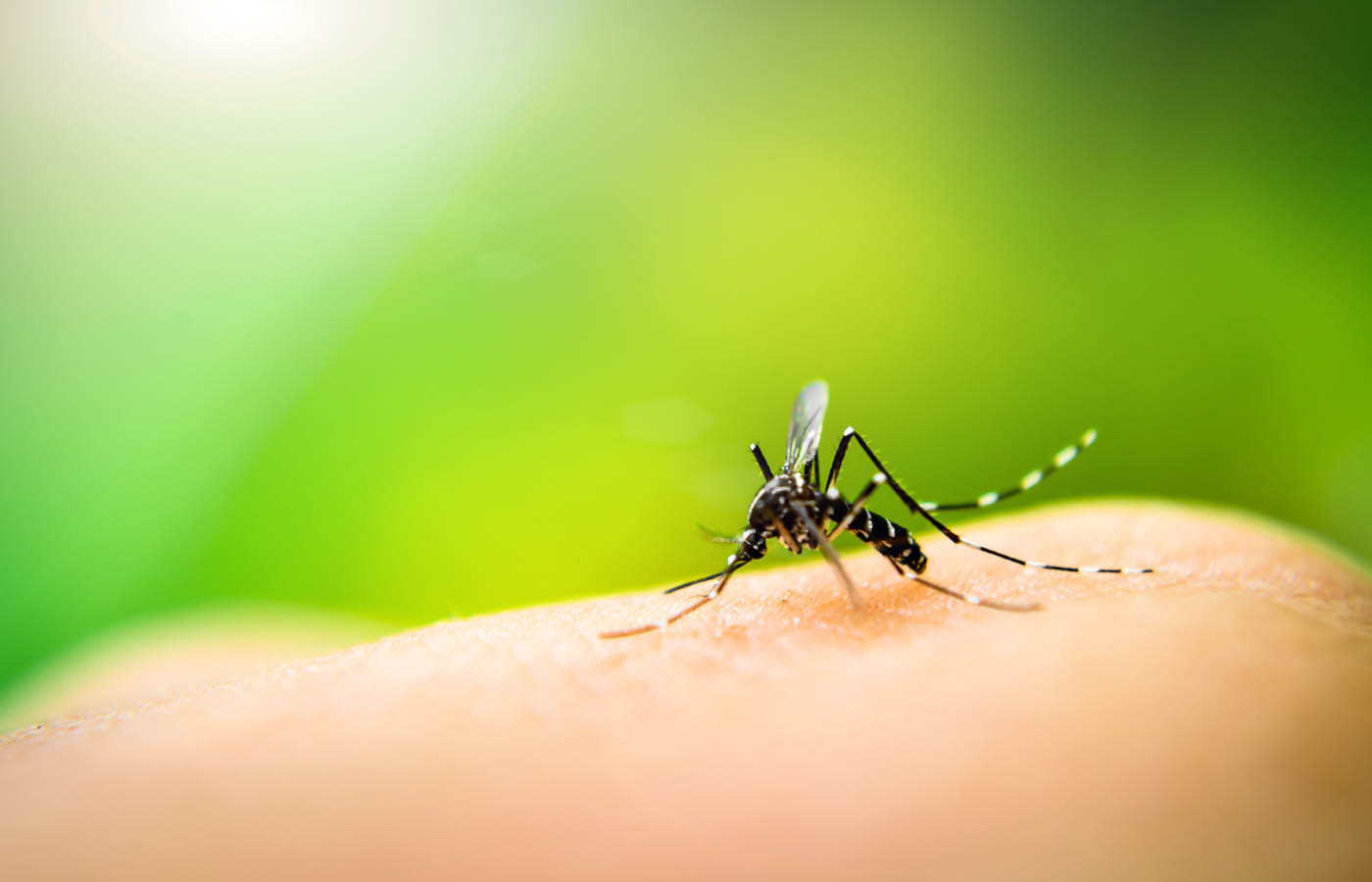Identification
Fleas in Nassau County are tiny wingless insects that attack humans and mammals and survive on their blood. Adult fleas have a brown color and can grow to a length of about 3mm. Their flattened bodies help them to navigate the hairy bodies of their hosts.
They also have sharp claws to affix them to the surface of their hosts to prevent themselves from being detached. Their mouthparts are specifically designed to penetrate the skin and suck blood.
They use their hind limbs to make long jumps. Larvae are undeveloped and have no limbs. However, they do have chewing mouthparts for eating organic matter.
-
Cat Fleas
Cat fleas come in shades of dark brown and dark black and are tiny insects with flattened bodies. Like most flees, they lack the ability to fly. However, they possess powerful hind legs to make long leaps and cover great distances.
They are invisible to the naked eye. Adult cat fleas have spines located near their heads, which is also their distinguishing feature. Their size is about a quarter of an inch.
Cat fleas can parasitize a diverse list of hosts. Their preferred hosts are cats and dogs, but it isn’t unusual to find them on opossums, foxes, and skunks. Sometimes, pets catch fleas while loitering in crawl spaces and attics.
But mostly they are carried inside the house through an outside source. Only adult cat fleas are parasites. The female can’t lay eggs until it sucks blood from a host.
Cat flea larvae do not need the blood of a host to survive. They feed on organic debris, and luckily it is found in places where they are deposited by their parents. Their favorite food is fecal matter containing dried blood cells of a host.
-
Dog Fleas
Dog fleas bear a striking resemblance to their close relatives, the cat fleas. Dog fleas, like cat fleas, stay committed to a single host throughout their lives, and never leave its blood-rich avenues. However, if they are forced to leave, they don’t hesitate to reside on another host that fulfills their dietary requirements.
-
Oriental Rat Fleas
Oriental rat fleas are infamous for spreading the deadly bubonic plague in the 18th and 19th century. They infest rodents, especially the Norway rat.
They are also sometimes found sucking blood and breeding on human hosts. Every disease they carry is transferable to the next generation via their eggs.
Their light or dark brown color helps to camouflage them inside the hairy furs of pets. One of the distinguishing features of a female rat flea is its dark textured reproductive organs that are located in the abdominal region and look like tiny sacs.
